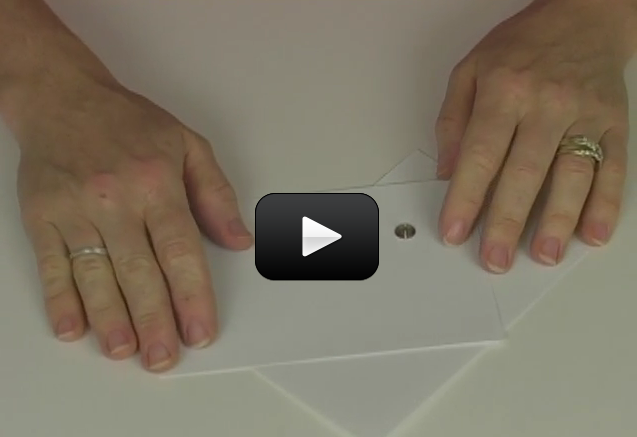You might be curious about how to observe the sun safely without losing your eyeballs. There are many different ways to observe the sun without damaging your eyesight. In fact, the quickest and simplest way to do this is to build a super-easy pinhole camera that projects an image of the sun onto an index card for you to view.
CAUTION: DO NOT LOOK AT THE SUN THROUGH ANYTHING WITH LENSES!!
This simple activity requires only these materials:
- tack
- 2 index cards (any size)
- sunlight
[am4show have=’p8;p9;p11;p38;p92;p17;p44;p105;p67;p96;’ guest_error=’Guest error message’ user_error=’User error message’ ]
Here’s what you do:
Download Student Worksheet & Exercises
With your tack, make a small hole in the center of one of the cards. Stack one card about 12″ above the over and go out into the sun. Adjust the spacing between the cards so a sharp image of the sun is projected onto the lower paper. The sun will be about the size of a pea.
You can experiment with the size of the hole you use to project your image. What happens if your hole is really big? Too small? What if you bend the lower card while viewing? What if you punch two holes? Or three?
Exercises
- How many longitude degrees per day does the sunspot move?
- Do all sunspots move at the same rate?
- Did some of the sunspots change size or shape, appear or disappear?
[/am4show]


No Stellarium is meant for stars, not our sun specifically. There are two other websites that will show you rea time views of the sun you can use to track sunspot activity:
https://sohowww.nascom.nasa.gov/data/realtime-images.html
and http://halpha.nso.edu/
can you use stelleriam web to track the sunspots